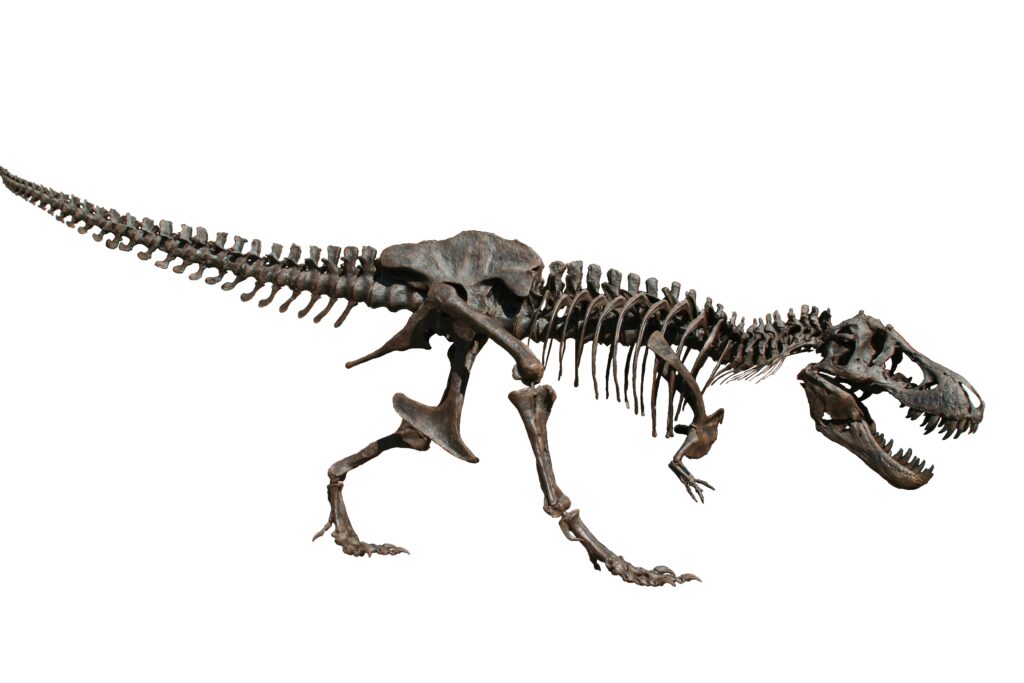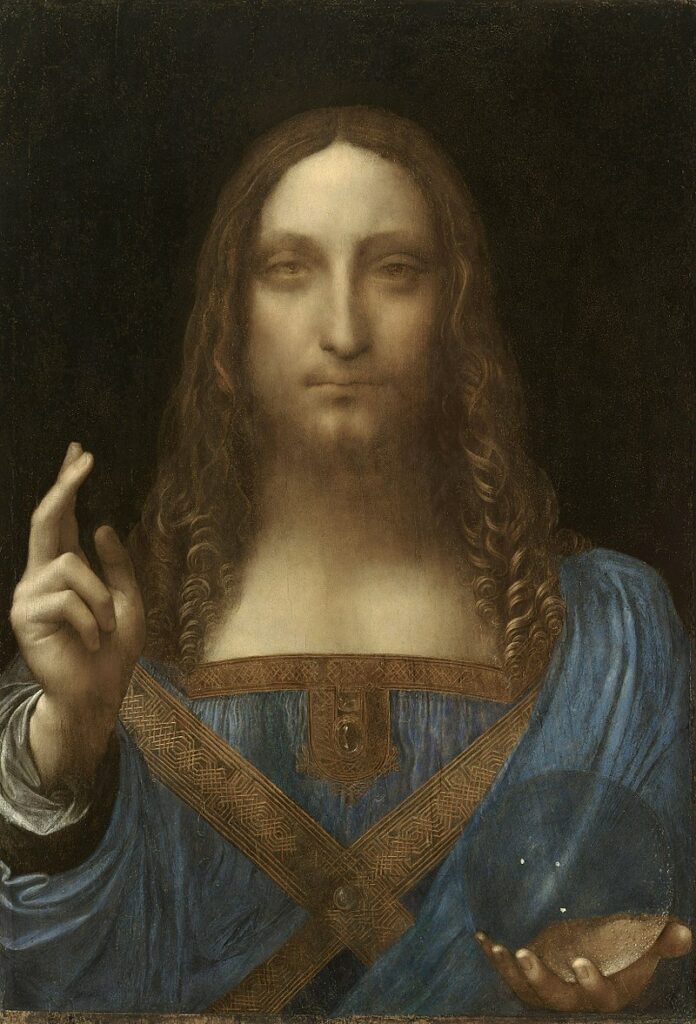
Image Power: How Things Inhabit Aesthetic Ecosystems
Digital media maintains a ubiquitous presence in our lives today, however, little attention has been paid to the ways it has shifted perceptions—particularly in relation to objects and images. The silence though is likely telling. As recent documentaries like The Social Dilemma and The Great Hack have shown, mainstream social media is designed to manipulate behaviors through persuasive technology. Because of this, it’s possible we’ve just been too inundated by the technology itself to be aware of its effect. The long-term implications will likely take years to uncover.
Beyond the potential side effects, however, there are other outcomes to consider. Due to the high volume of information we process today, it’s likely that its effect has influenced the way we understand artistic culture. Marshall McLuhan, for example, pointed to such a phenomenon taking place after the development of television and radio. For McLuhan, the emergence of these media marked an important cultural turn where, as new physical and psychological signals became communicated on a wider scale, their influence would then be felt in disciplines as disparate as dance or medicine. But the ripples would not stop there. As the number of listeners and viewers who became “glued” to their electronic boxes increased, it created a sense of panic in the sense that if audiences became too attached to an entertainment device, the boundaries between characterized drama and real life would become blurred, and people wouldn’t be able to distinguish fiction from reality.
On the other hand, McLuhan also observed that with each new development of technology, the traditional mediums were given space to explore new areas of expression. For example, the photograph liberated the painter from portraiture—allowing them to turn their focus “inward” towards abstraction. The realism of Radio, film, and TV too—encouraged the novelist to explore internal and personal worlds through their literature. With this in mind, one wonders what shift digital media will enable art to explore. Considering the fluidity of aesthetic associations brought about through digital media, it would seem that answer lies not with the image, but with the spaces between the images.
To offer an example, this week the auction house Christie’s conducts its seasonal 20th Century Evening Sale. The highlights include (the usual): Picasso, Cezanne, Matisse, Monet, Rothko, Pollock, de Kooning, Twombly, Marden, Stella…
…AND… a Tyrannosaurus Rex from the Late Cretaceous period.

188 bones mounted on a custom frame with additional cast elements with separate display for the original skull and teeth.
37 x 13 x 6ft. (1128 x 396 x 183cm.)
“T. rex reconstruction in Oslo” by Eirik Newth is licensed under CC BY 2.0
In the auction catalog, Stan (named after its discoverer Stan Sacrison) gets branded as a pop-cultural icon. The skeleton has toured the world, it has been the focus of many scientific essays, and is the most replicated dinosaur of all time, with copies in dozens of natural history museums around the world. None of this, though, seems to satisfy a justifiable connection between the dinosaur and contemporary art. Not that it doesn’t work though.
T. rex is a brand name in a way that no other dinosaur is, it sits very naturally against a Picasso, a Jeff Koons or an Andy Warhol.
—James Hyslop quoted from the October 6 20th Century Evening Sale auction catalog
Although the branding makes a convincing argument, there is something else enabling the T. Rex to sit comfortably among the others.
As an image, Stan the T. Rex is another image among countless others. It’s an image portraying another thing in the world—an image seen seconds after a different one and seconds before another. This reading, which is common in our scrolling culture today, establishes an approach that casually fields everything together.
Yet, if we are to view the image at another level of taxonomy—let’s call it its meta-image—it exerts a distinct presence. At this level, the T. Rex is a rare object of great historic import, an artifact protected by the institution, and other backers who support its value. In this arena, the dinosaur poetically slips on another guise, wearing as it were the same theoretic costume as the others in the contemporary art sale. Together, they combine to form an aesthetic atmosphere, a liminal space adhering to and framing their placement within a spectral environment. It’s this reading, rather than comprehending its pop status that facilitates acceptance of this odd relationship.
Even though the T. Rex isn’t a product of human creativity and stems from millions of years ago, questions like “Is this art?” no longer become relevant. This is because by reading its meta-image within this aesthetic environment, a new narrative plays out that redefines it. Equal to the Celmins, the Picasso, and the de Kooning, the Tyrannosaurus Rex is now an important artifact representing an aesthetic value that gets experienced as such in the present.

Salvator Mundi, c.1500,
oil on walnut
45.4 × 65.6 cm
Similarly, in 2017, the auction house sold a painting verified to be a lost Leonardo Davinci. Salvator Mundi broke all price records, becoming the most expensive painting ever, fetching a final hammer blow of $450 million. Made in the 15th century, Salvator Mundi, like Stan the T. Rex, was oddly placed in a contemporary art sale. Yet, Stan and Salvator Mundi were both “discovered” in the contemporary age. Stan was excavated in 1987 and Salvator Mundi‘s authentication occurred in 2008. Including these events in the objects’ provenance foreshadows their meta-reading as contemporary objects.
If, like their discovery, it’s the viewing experience that catalyzes them, then it’s the same adhesion made plain by the interaction of meta-images within their aesthetic atmosphere that sees them redefined in new and meaningful ways. This atmosphere works like a force of gravity, or like how the existence of dark matter is inferred by its effect on its surroundings. If there is a “dark matter” of the meta-image, it’s this aesthetic atmosphere; an invisible power not seen, but detected by its effect.
This invisible power of images finds a parallel in the “vital materialism” of Jane Bennett, an American political theorist and philosopher connected to Spectral Realism movement. In her The Force of Things: Steps Toward an Ecology of Matter, she discusses the “thing-power” of random objects she discovers outside:
one large men’s black plastic work glove
a matted mass of tree pollen pods
one dead rat who looked asleep
one white plastic bottle cap
one smooth stick of woodAs I looked at these items, they shimmied back and forth between trash and thing—between, on one hand, stuff to ignore…and, on the other hand, stuff that commands attention as vital and alive in its own right, as an existant in excess of its reference to human flaws or projects. The second kind of stuff has thing-power: it commands attention, exudes a kind of dignity, provokes poetry, or inspires fear.
Here each thing is individuated, but also located within an assemblage—each is shown to be in a relationship with the others, and also with the sunlight and the street, and not simply with me, my vision, or my cultural frame. Here thing-power rises to the surface. In this assemblage, objects appear more vividly as things, that is, as entities not entirely reducible to the contexts in which (human) subjects set them, never entirely exhausted by their semiotics.
It’s important to realize that Bennett’s thing-power, just like the power of the meta-image, resides in its spectral ecosystem (or aesthetic atmosphere) surrounding it. The agency of its power stems not from human perception but taking in of the relationships of objects occurring within their sphere of interaction.
Bennett’s thing-power can easily be applied to images. While images can be distilled to aesthetic taxonomies and in effect become meta-images, an equal image power rises to the surface, where occurrences taking place within aesthetic ecosystems similarly seem to “provoke poetry”. The poetry emerges out of their interaction.
Stepping out of this scene and back into our own, image-power and thing-power would seem to overlap with continual interaction between the acts of seeing and experiencing. They interact in a spectral ecosystem that is rendered through each experience that inspires one to pause or react. In this environment, seeing a dinosaur skeleton on your phone while shopping for brands at the supermarket in between texting a friend all have the potential to occur within the same spectral ecosystem. The unpredictable results conjure poetry.
When meta-images extend their gravity outward, like large objects, pulling in and influencing each other, meaningful connections are made, and an aesthetic atmosphere forms. It’s here, in the space between them, that the shift brought by today’s media seems to encourage artists to explore new interior dimensions.

